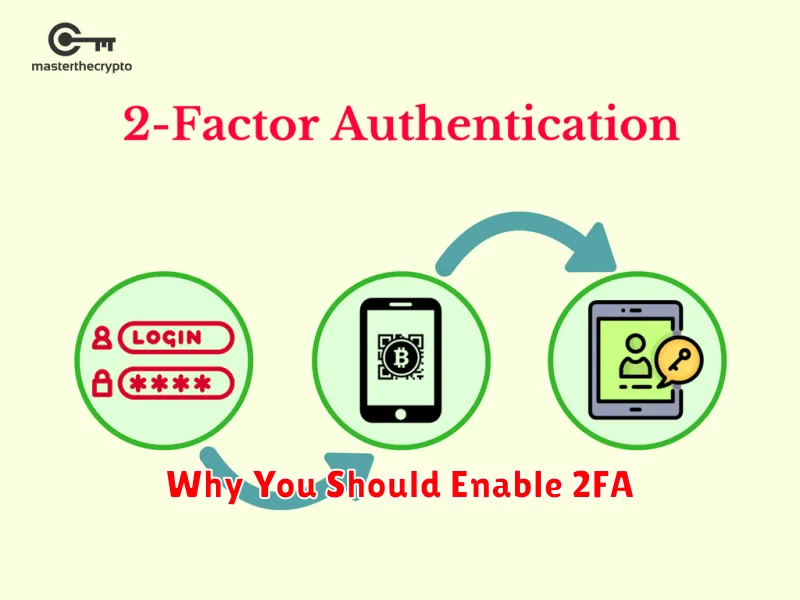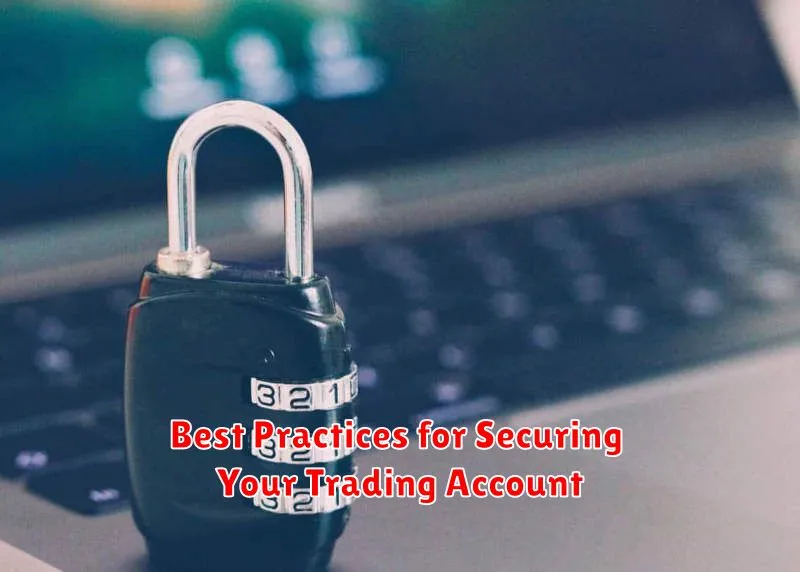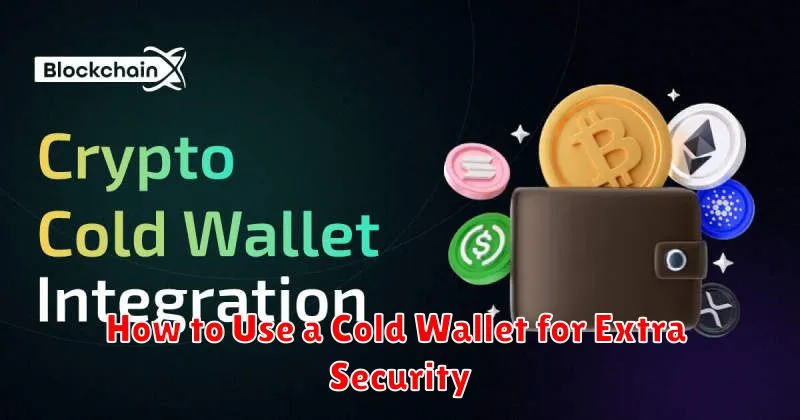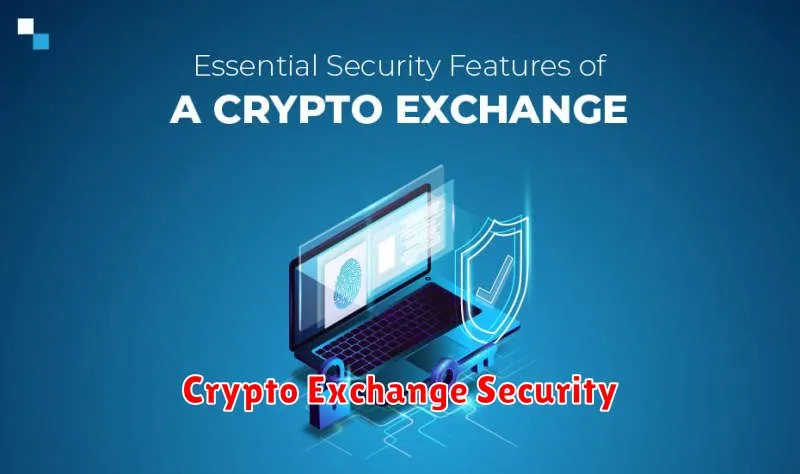Protecting your cryptocurrency investments is paramount, and understanding how to secure your crypto on an exchange is a crucial first step. This comprehensive guide will walk you through essential security measures, including choosing a reputable exchange, implementing robust two-factor authentication (2FA), and understanding the importance of strong passwords and regular security audits. Learn how to mitigate risks associated with exchange hacks and phishing scams, ultimately safeguarding your digital assets and maintaining peace of mind.
Understanding Exchange Security Risks

Exchanges are attractive targets for hackers due to the large sums of cryptocurrency held on their platforms. Security breaches can result in the theft of user funds, leading to significant financial losses.
Phishing attacks, where users are tricked into revealing their login credentials, represent a major threat. Malware can also compromise security, granting attackers access to user accounts and private keys.
Insider threats, from employees with malicious intent or compromised accounts, pose a substantial risk. Weak security practices by the exchange itself, including outdated software or inadequate security protocols, can create vulnerabilities.
Denial-of-service (DoS) attacks can disrupt exchange operations, preventing users from accessing their accounts or trading. Smart contract vulnerabilities, especially relevant for exchanges handling DeFi assets, can be exploited to drain funds.
Understanding these risks is crucial for users to make informed decisions about choosing and using crypto exchanges safely. Diligent research into an exchange’s security practices before entrusting it with your funds is paramount.
Why You Should Enable 2FA

Enabling two-factor authentication (2FA) significantly enhances the security of your cryptocurrency exchange account. It adds an extra layer of protection beyond your password, making it exponentially harder for unauthorized individuals to access your funds.
Even if someone manages to obtain your password through phishing or other malicious means, they will still be blocked from accessing your account without the second authentication factor, such as a code from your phone or authenticator app. This dramatically reduces the risk of account compromise and theft.
2FA is a simple yet highly effective security measure that offers substantial peace of mind. The minimal effort required to set it up far outweighs the potential consequences of not having it.
In short, enabling 2FA is a crucial step in protecting your cryptocurrency investments and should be considered a non-negotiable part of secure exchange usage.
Best Practices for Securing Your Trading Account

Strong Passwords: Utilize a unique, complex password for your exchange account. Avoid easily guessable information and consider using a password manager.
Two-Factor Authentication (2FA): Enable 2FA on your account. This adds an extra layer of security, requiring a second verification code in addition to your password.
Regular Password Changes: Periodically change your passwords to mitigate the risk of unauthorized access. Aim for at least every three months.
Email Security: Secure your email account, as it’s often used for password resets and account recovery. Use strong passwords and enable 2FA on your email as well.
Withdrawal Limits: Set withdrawal limits on your account to reduce potential losses in case of a security breach. This will restrict the amount that can be withdrawn in a given period.
Whitelisting IP Addresses (Optional): Some exchanges allow you to whitelist specific IP addresses. This restricts logins to only those approved addresses, enhancing security.
Regular Security Audits: Review your account activity regularly for any suspicious transactions or login attempts. Report any irregularities to the exchange immediately.
Choose Reputable Exchanges: Select only reputable and well-established cryptocurrency exchanges with a proven track record of security. Research their security measures before signing up.
Beware of Phishing Scams: Be cautious of suspicious emails, messages, or websites claiming to be from your exchange. Never share your login credentials or private keys with anyone.
Keep Software Updated: Ensure that your operating system, antivirus software, and browser are up-to-date to protect against malware and vulnerabilities.
Use a Secure Device: Avoid accessing your exchange account from public Wi-Fi or unsecured devices. Use a clean, trusted computer or mobile device.
How to Use a Cold Wallet for Extra Security

A cold wallet offers superior security compared to leaving crypto on an exchange. These devices store your private keys offline, making them inaccessible to hackers who might compromise an online exchange.
To use a cold wallet effectively, first choose a reputable brand. Hardware wallets like Ledger and Trezor are popular options. After purchasing, carefully follow the setup instructions provided by the manufacturer. This typically involves generating a seed phrase – a crucial backup phrase; keep this phrase safe and secure, separate from the device.
Once set up, transfer your cryptocurrency from the exchange to your cold wallet’s designated address. Double-check the address to avoid irreversible errors. After the transfer is complete, disconnect your wallet from the internet to maintain its security.
Remember, only transfer cryptocurrency to your cold wallet; never access your cold wallet through an online connection. This offline nature is the key to its superior security. Regularly back up your seed phrase, storing it in multiple secure locations. If you lose your device, the seed phrase allows you to restore your funds.
Avoiding Fake Exchange Websites

Fake exchange websites are a significant threat to cryptocurrency users. They mimic legitimate platforms to steal user credentials and funds. Protecting yourself requires vigilance and careful scrutiny.
Verify the website’s URL: Carefully check the website address for any typos or slight variations from the official exchange’s URL. Legitimate exchanges typically have secure HTTPS connections (indicated by a padlock icon in your browser’s address bar).
Check for security certificates: Look for a valid SSL/TLS certificate. A missing or invalid certificate is a major red flag.
Research the platform thoroughly: Before using any exchange, research its reputation online. Look for reviews and warnings from other users. Be wary of exchanges with little to no online presence.
Beware of unsolicited offers: Don’t trust emails, messages, or ads promising unusually high returns or easy profits. Legitimate exchanges will not solicit your login credentials or private keys.
Use strong passwords and two-factor authentication (2FA): Enable 2FA on your exchange account for an extra layer of security. Choose strong, unique passwords that are difficult to guess.
Report suspicious websites: If you encounter a fake exchange website, report it to the authorities and the relevant cryptocurrency community forums.

